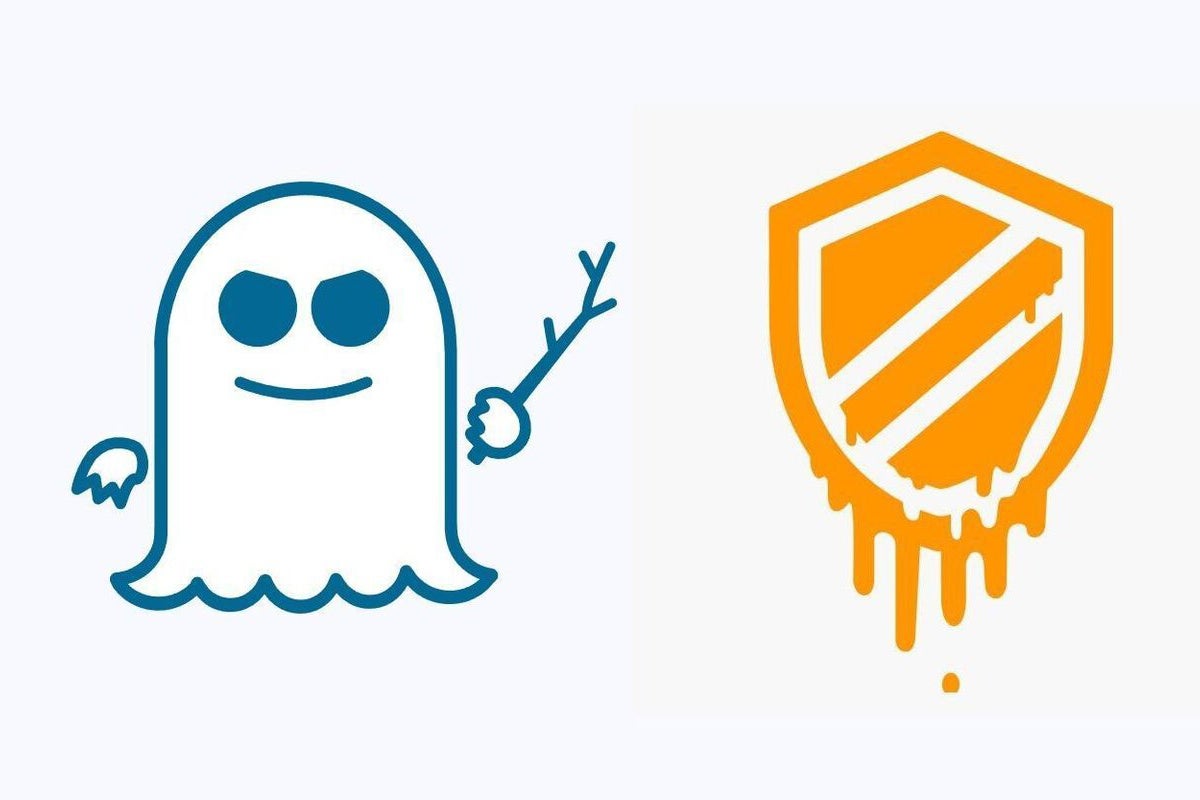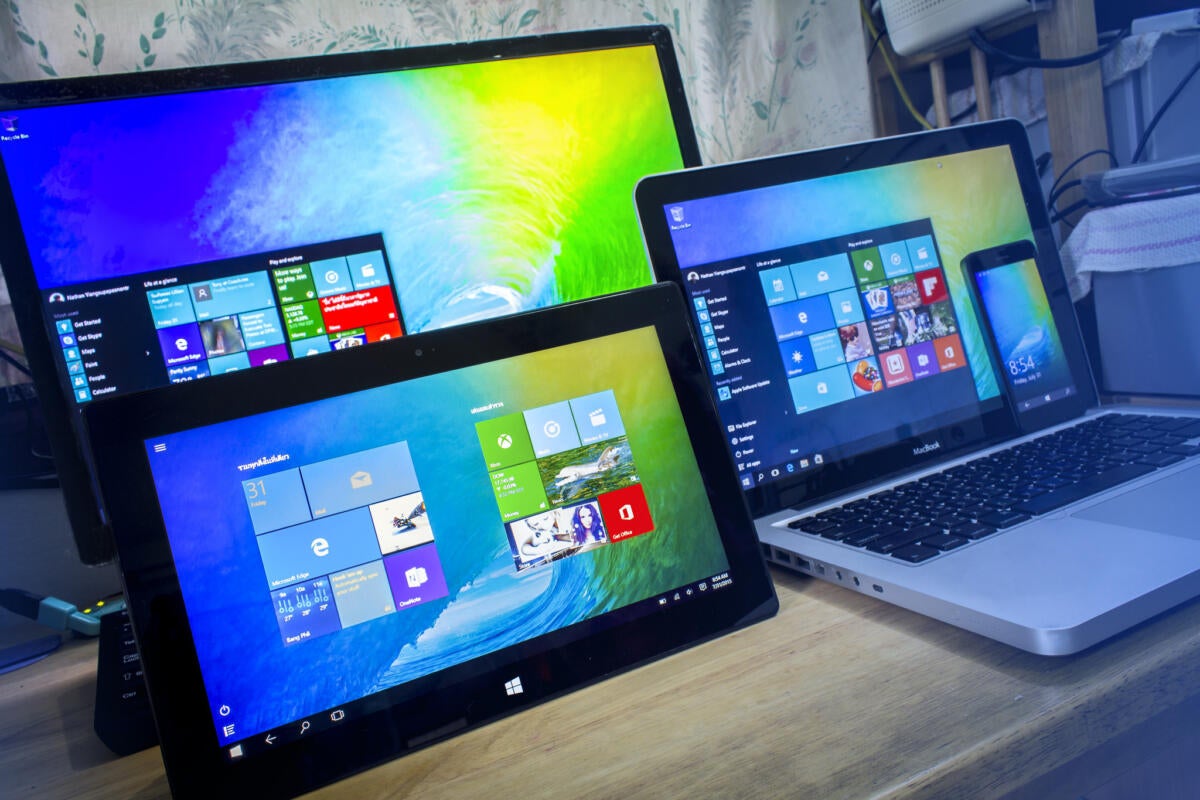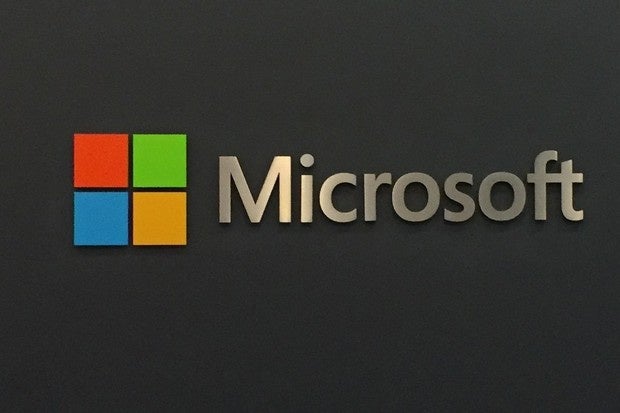Microsoft lifts update embargo on Windows 10

Credit to Author: Gregg Keizer| Date: Fri, 16 Mar 2018 07:51:00 -0700
Microsoft this week lifted the security update blockade on Windows 10 PCs that do not have approved antivirus software, but kept the no-patches-for-you rule in place for the more popular Windows 7.
The update roadblock was assembled in early January, when Microsoft issued mitigations against the Spectre and Meltdown vulnerabilities. Those vulnerabilities stemmed from design flaws in virtually all modern processors made by Intel, AMD and ARM. According to Microsoft, the security updates could brick PCs equipped with antivirus (AV) software that had improperly tapped into kernel memory.



